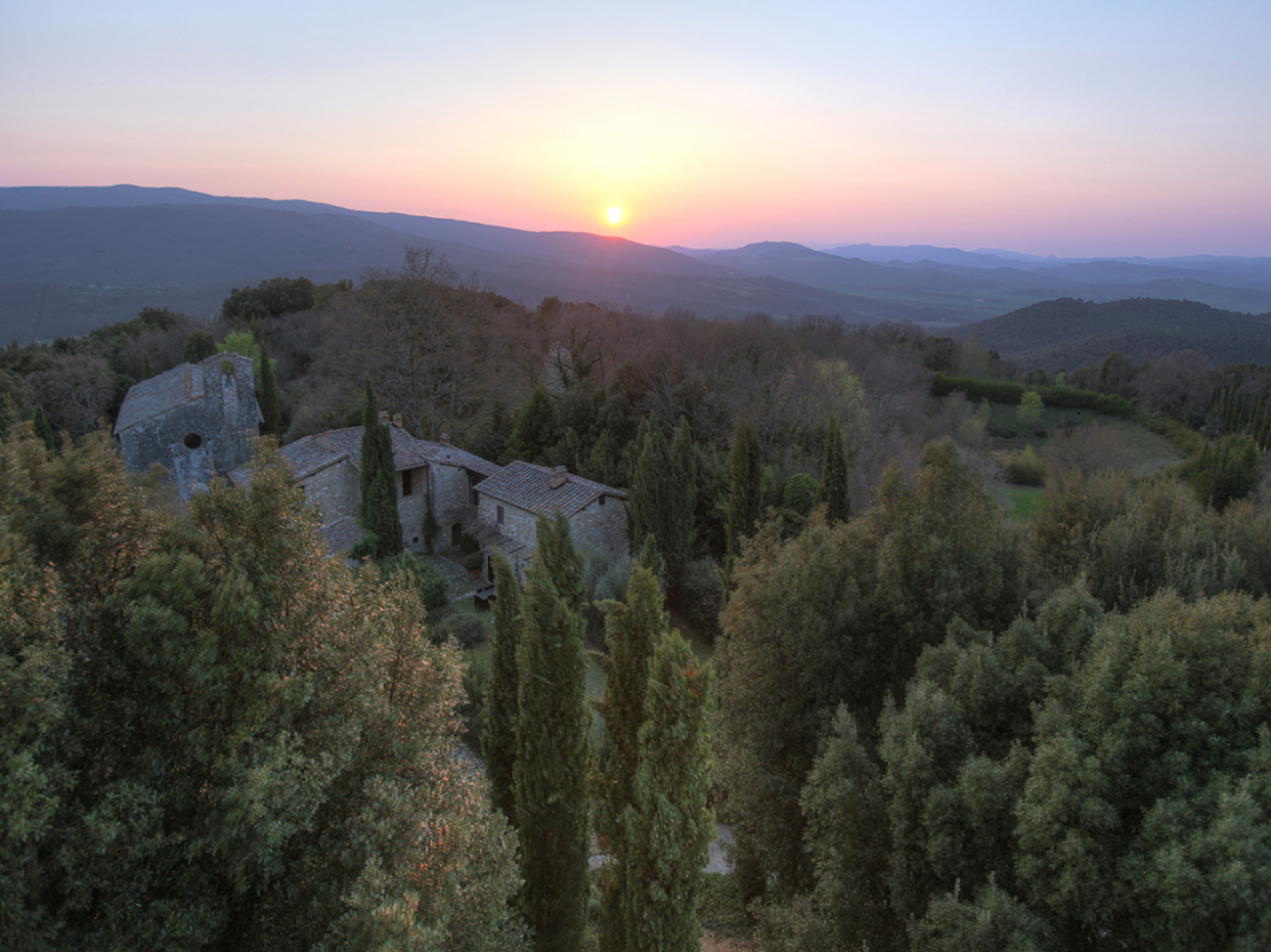
Villa Collina by Inspirato- Our Own Italian Borgo
Villa Collina by Inspirato is like no place I’ve ever stayed. Working in the travel industry, I have been fortunate to spend time at some of the top luxury hotels and resorts in the world, but nothing is quite like the experience at Villa Collina. It’s not just another luxury lodging property or resort, but an unforgettable, historic experience.
Villa Collina is like stepping back into time, 1000+ years give or take, and no words or photographs can accurately capture the extraordinary history and beauty of this ancient Borgo. Villa Collina is perched on a hilltop in Tuscany, withdrawn from noise and traffic, undisturbed for centuries, and recently discovered by Inspirato.

Unlike other castles which have been drastically altered throughout their existence, Villa Collina has remained largely untouched since the early fourteenth century. Over the past two decades, Villa Collina has been restored stone by stone, and in the process, infused with all of the modern comforts that are expected in a luxury residence.

Villa Collina is part of Inspirato’s enchanted Il Campanile, which is not merely a cluster of villas, but rather the remains of an important pre-medieval borgo. Villa Collina was once the castle and crests the top of the hill, surrounded by additional dwellings that include La Viletta, Villa Bellezza, and a small chapel. Modern upgrades include a tennis court, a large pool, and endless picturesque wooded grounds. The borgo retains undisturbed elements of the past with little intrusion from the modern world to break the hilltop magnificence.
Here is a quick visual tour of Il Campanile:

Front door to Villa Collina.

It’s a challenge to get a photo of Villa Collina in its entirety due to its height and lavish vegetation.

A secluded cypress-lined path leading to La Viletta, Villa Bellezza, and the chapel.

Chapel doors.

Ancient stone pathways are a common site.

The main living space within Villa Collina has retained the charm and historic character of a 1000 year old building with luxuriously comfortable modern-day furnishings. Most of our time inside the villa was spent in this space.

Bed’s are a big deal to me. I think I can comfortably say that this was the most comfortable bed I’ve ever slept in (sorry London Ritz and Arrabelle at Vail Square). I wanted to bring this bed home for my souvenir, but the car was too full of Chianti Classico to fit anything else.

The pool at Il Campanile is a short walk from any of the villas along stone covered pathways. The pool is surrounded by beautiful woodlands and a massive ancient olive tree.

Relaxing by the pool with Villa Collina in the distance. It was early in the spring and we were not ready for a swim but sitting in the warm Tuscan sun with a glass of local Pinot Grigio was just as nice.

If you visit Villa Collina you too might get your American man to go Euro and wear a scarf.

A view of the valley from the upper bedroom at Villa Collina.

The chapel at Il Campanile.

Our kids loved ringing the chapel bell. Good thing no one else was around to be annoyed.


The kids imaginations ran wild while playing hide and seek on the spacious grounds.

Each day at Villa Collina began with an amazing sunrise and ended with an even more spectacular sunset.

Our incredible experience with Inspirato didn’t start upon arrival at Villa Collina, it actually began weeks before in discussions with our Personal Vacation Advisor, Erin. She helped us pick the right property for our family of five and introduced us to our Destination Concierge, Barbara. Over the next few weeks Barbara and I traded numerous emails as she helped us plan out a very detailed itinerary for our five days in Tuscany. We could not have seen or enjoyed Tuscany the way we did without Barbara–she took care of us–everything from providing directions that kept our kids feeling good in the car to making reservations at the best restaurants and wineries. We have her to thank for our fully stocked kitchen of groceries and hand picked wines from the region, our personal tour of the Castello d’Albola estate and winery, driving tour of Val d’Orcia, and a relaxing night-in with dinner and dessert prepared by Chef Giuseppe from Castello Banfi. Working with a Destination Concierge like Barbara made a huge difference and allowed us to get so much more out of our time in Tuscany.
We left Il Campanile and Villa Collina more relaxed than we’ve been in months and savoring the feeling that we had just experienced our own piece of history. After such an unforgettable experience at Villa Collina, we are anxious to start planning our next Inspirato adventure to either Provence or Bordeaux.

For The History Buffs:
Villa Collina, once called Radi Di Montagna is a Tuscan Borgo, built between the tenth and twelfth centuries, is comprised of a castle, small village, church, and fortifying walls. Rising five hundred meters above sea level, the borgo crests a spur of the Montagnola Senese, one of the most beautiful and untouched areas of the Sienese Province, with olive groves, oak woods, and vineyards in the hills, and wildflower covered meadows in the plains.
Radi Di Montagna was built by the Arringhieri Del Porrina Family, members of the Longobard nobility who invaded Italy in the sixth century. The family continually supported the Holy Roman Emperor, a political stance which enabled them to assume local prominence as Counts in the tenth century. By concentrating their land holdings between Siena and Volterra, the Arringhieri established a strong familial power base, centered on Casole d’Elsa, a hilltown approximately fifteen kilometers from Radi Di Montagna. The region around Radi was important militarily, located on the via Francigena, the most important pilgrimage route and commercial artery of the Middle Ages. Radi was also strategically situated between Florence and Siena, longtime enemies who constantly fought for supremacy over this part of Tuscany.
The Arringhieri’s legislative and administrative power over the Val D’Elsa, however was checked in the early fourteenth century by the Sienese, who established authority over Casole. The Scion of the Arringhieri Clan and the ousted regional magnate, Ranieri the Younger, led a rebellion against Siena for control of Casole in 1313. The Sienese put down this attempted coup, and Ranieri was killed. After the Arringhieri’s defeat and their move to the lesser castle of Simignano, Radi became a borgo, free from an immediate overlord, yet subject to Siena.
The commune’s soldiers destroyed Radi’s largest tower, and lowered the height of the secondary tower and many of the other walls, all to symbolize submission of the Arringhieri family to Siena. Radi has remained primarily unaltered, allowed to lie fallow, since the fourteenth century, thus affording a clear view into the social history of a regional lord, his vassals, his tenants, and how they lived. Indeed, Radi tells the complete history of power, settlement, and castle building in Tuscany.
Comment (1)
Leave a comment
You must be logged in to post a comment.

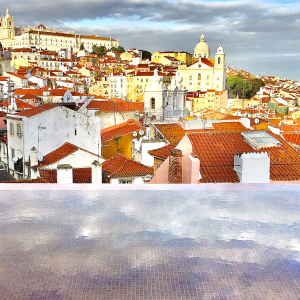
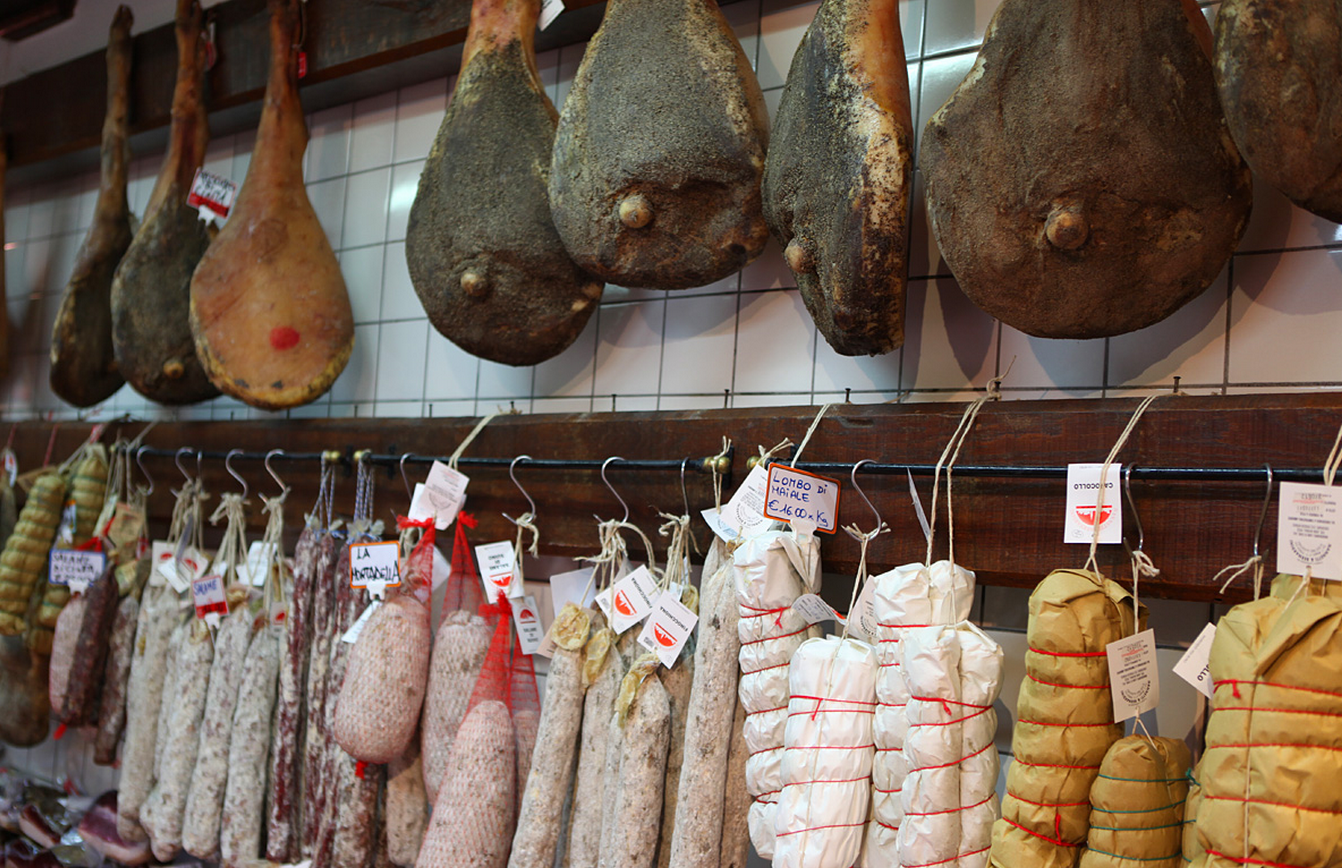
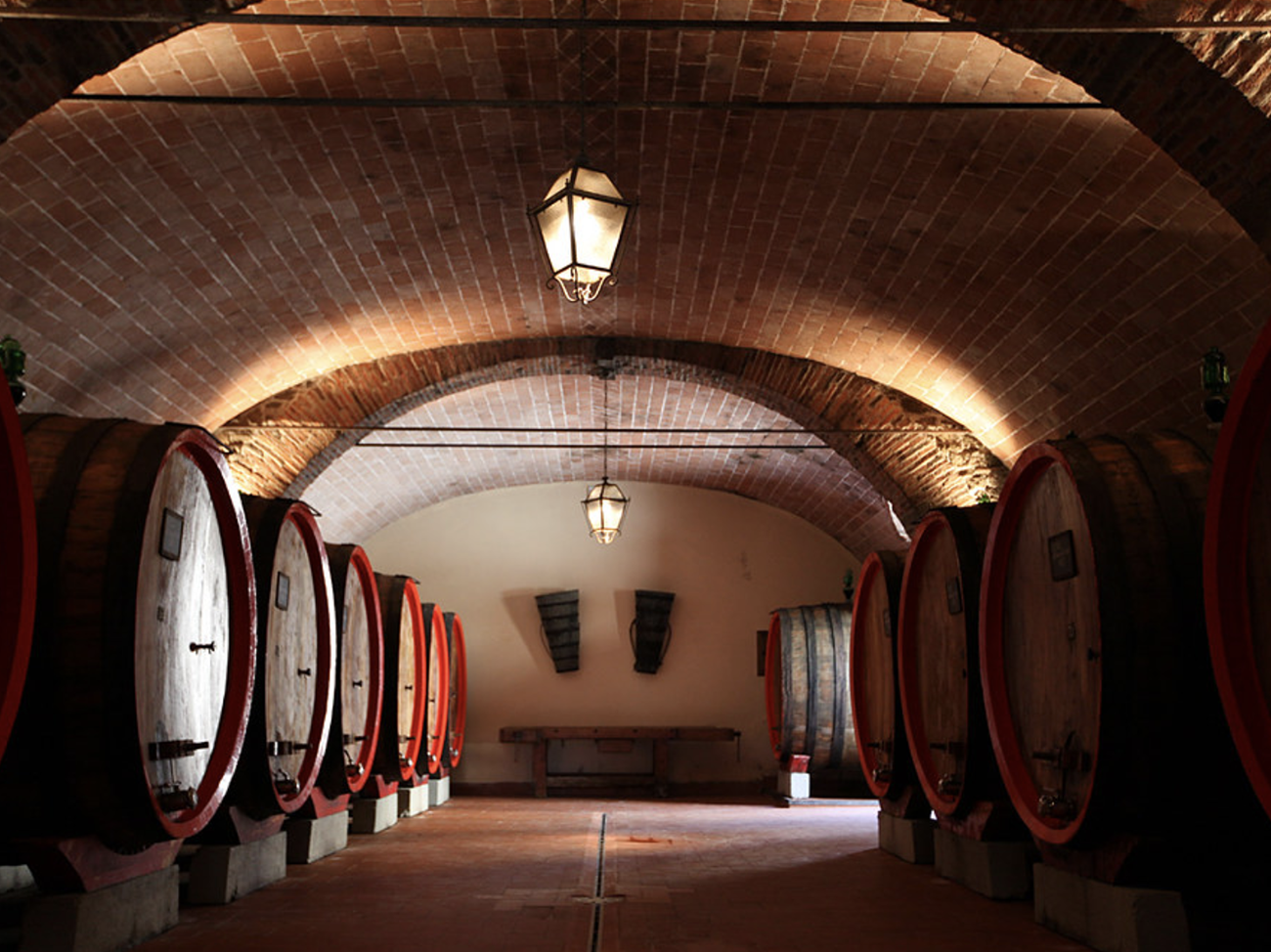
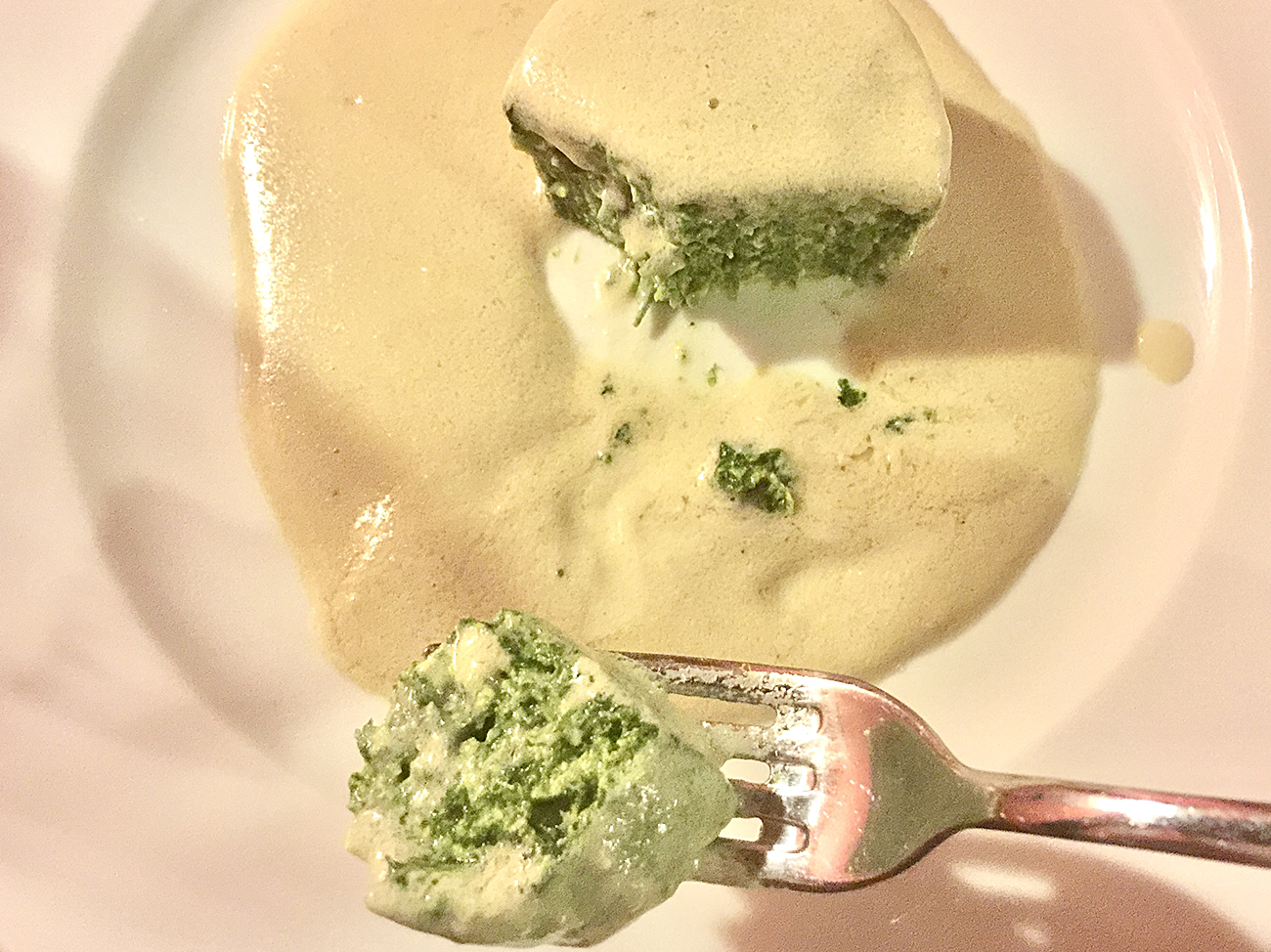
Pingback: Tuscany Day 1: 178 Tunnels to Pisa | A Year In France